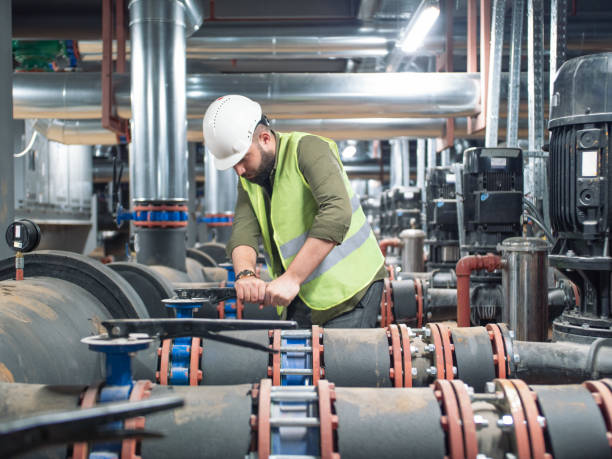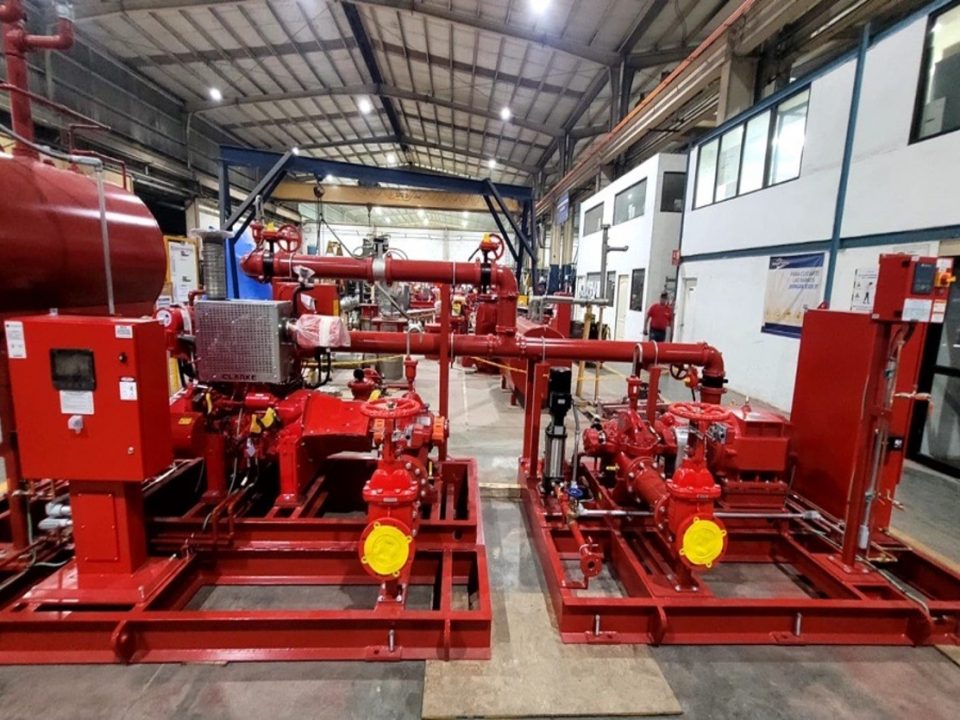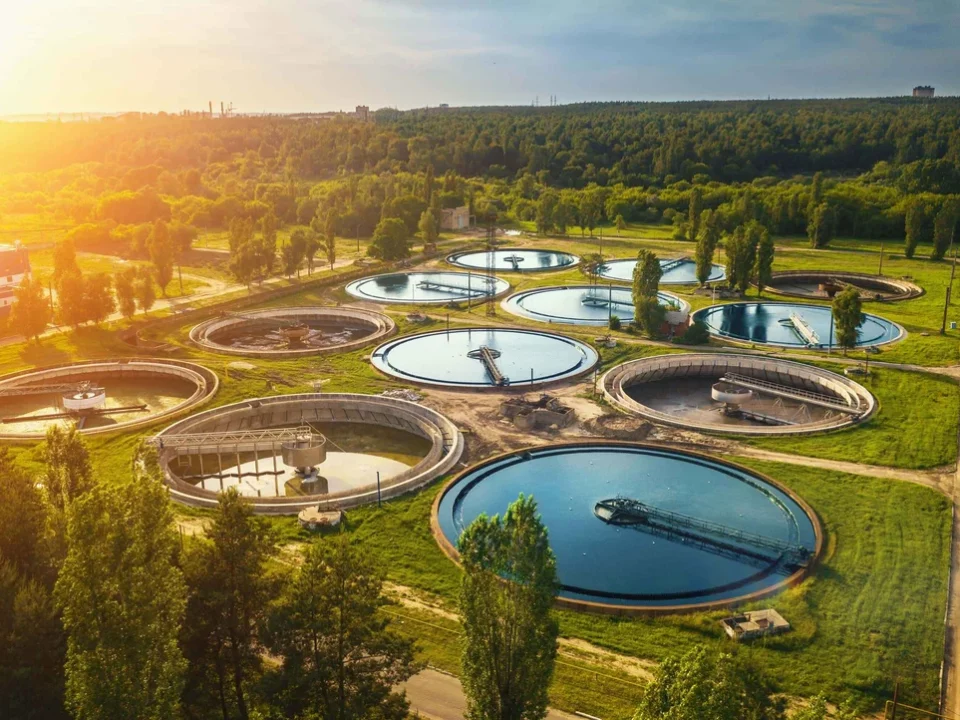Introduction
In industrial facilities such as oil & gas plants, power stations, refineries, and commercial complexes, fire safety is not optional—it’s a regulatory requirement. One of the most effective solutions is a fire fighting skid package: a fully engineered, pre-assembled system designed to deliver reliable fire protection on demand.
But what actually goes into a compliant fire fighting skid package? This guide outlines the essential components, standards, and best practices for designing, procuring, and maintaining these systems.
What is a Fire Fighting Skid Package?
A fire fighting skid is a modular, skid-mounted unit that integrates pumps, valves, piping, controls, and safety systems into a single ready-to-install package. These systems are designed for quick deployment, ease of maintenance, and compliance with NFPA, UL, and FM standards.
Key Components of a Compliant Fire Fighting Skid
1. Fire Pumps
- Electric Motor-Driven Pumps — reliable and low maintenance.
- Diesel Engine-Driven Pumps — provide backup in case of power failure.
- Jockey Pumps — maintain system pressure and reduce pump cycling.
2. Piping & Valves
- Carbon steel or stainless steel piping, designed as per ASME B31.3.
- Isolation & control valves (butterfly, gate, or ball valves).
- Pressure relief valves to safeguard against overpressure.
3. Instrumentation & Controls
- Flow meters and pressure gauges for monitoring.
- Automatic controllers with local & remote operation.
- Alarm systems for pump failure, low pressure, or engine shutdown.
4. Firewater Storage & Supply
- Dedicated water tank or reservoir sized per NFPA 20 requirements.
- Suction strainers to protect pumps from debris.
5. Safety & Compliance Features
- NFPA 20 compliance for fire pumps.
- UL/FM-approved components for reliability.
- Emergency shutdown system (ESD) integrated with plant controls.
- Corrosion protection & coatings for outdoor or offshore applications.
International Standards for Compliance
To ensure safety and insurance acceptance, fire fighting skid packages must comply with:
- NFPA 20 — Standard for fire pumps.
- NFPA 25 — Inspection, testing, and maintenance.
- UL / FM Approved components.
- API 610 / API 674 — Pump standards (when applicable).
- Local civil defense regulations in the country of operation.
Best Practices for Selection & Procurement
- Conduct a hazard analysis to size the system properly.
- Verify that all components are UL/FM certified.
- Ensure redundancy (diesel + electric pumps) for reliability.
- Request Factory Acceptance Test (FAT) and documentation.
- Choose OEMs and integrators with proven track records in fire safety systems.
Conclusion
A compliant fire fighting skid package is more than just pumps and piping—it’s a carefully engineered system that integrates equipment, controls, and safety standards to protect people, assets, and operations. By selecting NFPA-compliant, UL/FM-approved systems and working with experienced OEMs, businesses can ensure safety, compliance, and reliability in their fire protection strategy.




